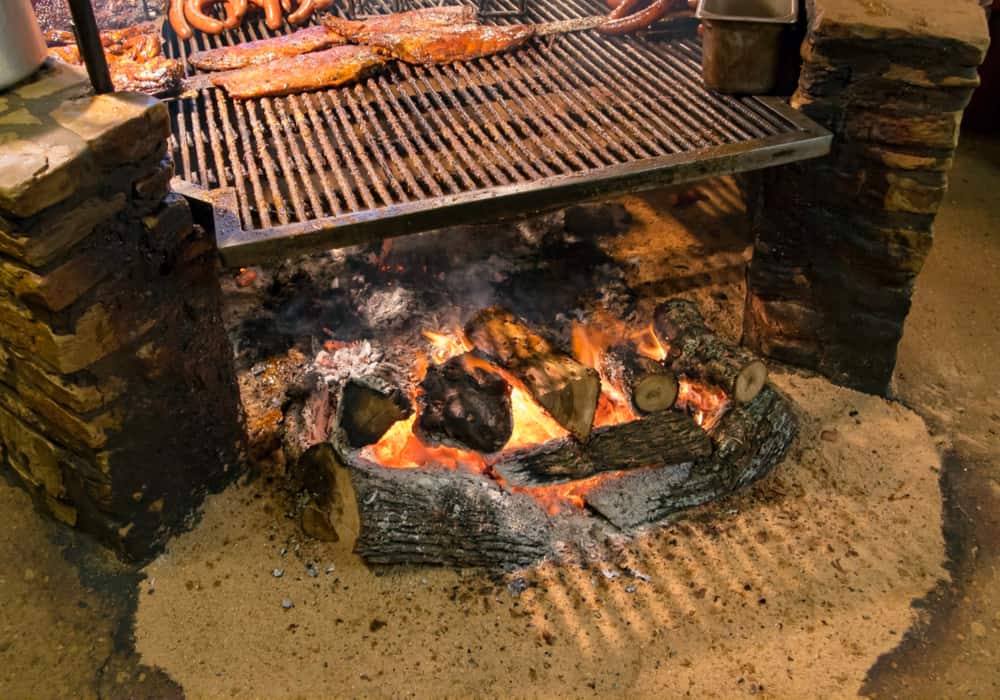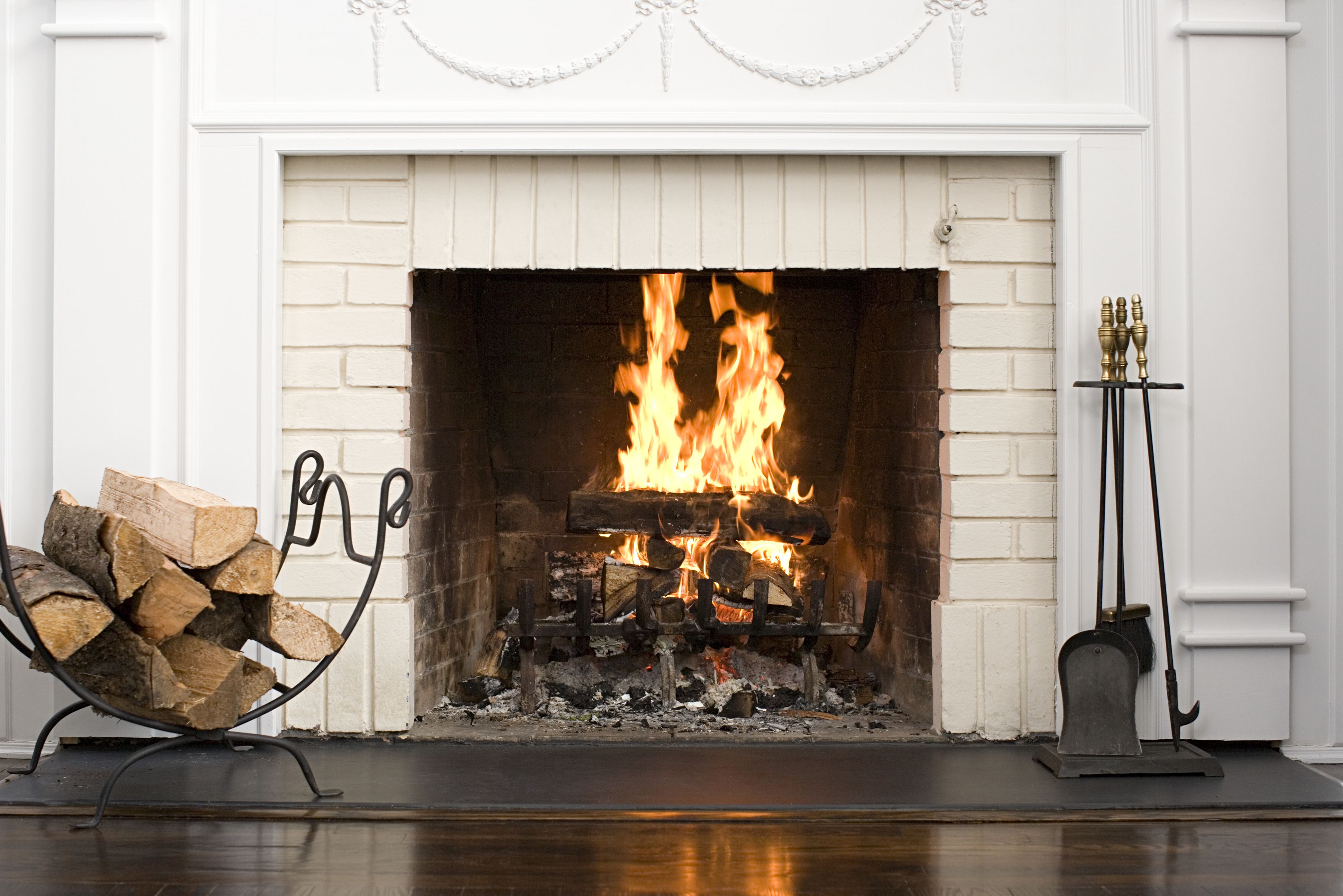Redhead Nikky Case With Blue Eyes From Errotica Archives in Bed 9
In primary school, we all learnt that wood is a good fuel, being used in applications such as barbeque and traditional cooking, and learnt that chemical energy in wood is converted to heat energy and light energy of the flame. We are used to seeing in movies and in "reality TV" shows on how bare-chested explorers use sticks of dry wood gathered from the forest floor to ignite a roaring fire with licks of bright orange flames. We then made the, rather obvious, logic jump, that the wood itself burns to result in the bright orange fire that we see. Sounds correct, right? What could be wrong in such a seemingly indisputable statement? Well, turns out that while that statement isn't entirely false, things aren't as straightforward as we think.
Remember the "burning dollar note" experiment that some of our chemistry teachers showed us? And videos of Western chefs setting cakes alight, with an ethereal glow of a blue flame enveloping the delicious baked treat? In these situations, the dollar note and the cake isn't actually burning, nor is the layer of ethanol-water mixture but instead it is the layer of ethanol vapour above the surface of the money/cake that is burning with a flame.
Don't see the connection between ethanol burning and wood burning? Let us take a look at the steps of wood burning (yes, there are different stages!). Firstly, until around 200oC, carbon dioxide and water vapour within the wood structure is released. Secondly, pyrolysis occurs, leading to the breakdown of long carbon chains in wood into shorter, more volatile organic substances. These chemicals are then released as vapour, and it is the burning of these vapours that results in the glowing flame. In fact, flaming combustion occurs always when a gaseous fuel is burning. However, the source of the vapour is still the wood, so it is not entirely wrong to say that it is the wood that is burning. However, that statement would hide the wonderfully complex phenomenon of pyrolysis behind such an everyday observation.
While flaming is the burning of a gaseous fuel, smouldering combustion is the burning of a fuel in the solid state. Hence, when a pile of burning wood glows red-hot without the presence of flames,or the next stage of wood burning, it is the chemicals in the solid-state wood that is burning.

Pyrolysis is also behind the formation of charcoal from wood. Wood is heated under oxygen-deficient conditions, so instead of undergoing combustion, the organic compounds in the wood break down, leading to the eventual formation of a material only containing carbon, and inorganic substances (known as ash), or what we know as charcoal. While in the past, the construction of such an oxygen deficient environment is done by smothering mud over a pile of wood, in the present day, the heating of wood to produce charcoal is done in sealed metal containers.
But why go through the trouble of making charcoal, if wood can act as a fuel already? the answer is because charcoal burns at a higher temperature than wood, providing the heat necessary for processes such as iron smelting, or even something as common as cooking over a barbeque (definitely tastes better than Microwave Delights, but I don't know whether it conforms to Healthy Meals in Schools though!). One explanation for the higher energy content of charcoal is that as charcoal is dry, hence no heat energy is consumed in the conversion of moisture to steam, as is often the case in wood. In addition, charcoal is more porous than wood (after the process of pyrolysis), hence there is a greater surface area for combustion in air.
That said, it may be easier to light dry wood than charcoal! This is because as there are no release of pyrolysis gases when charcoal is heated, we jump straight to burning carbon, which requires a higher temperature.
In addition, some sources claim that wood burning may result in more efficient heat transfer. When wood burns, the flames caused by the combustion of released gases come into contact with the cooking vessel; effectively the hot, burning gas can transfer heat energy to the cooking pot via conduction. In contrast, charcoal is effectively "degassed" by the pyrolysis process, hence no gases are released and hence no flames are formed when burning. Assuming the cooking pot is a distance from the burning fuel, when charcoal is used, the only forms of heat transfer are through convection and radiation, which entails greater heat loss as well.
Isn't burning charcoal interesting! So imagine that you have bought a pack of charcoal from the supermarket, eager to start barbequing some food. You gently arrange the charcoal in your BBQ pit, but realise there are some leftover charcoal powder at the bottom of the bag. You should pour it all in, right? Because more fuel means a longer lasting fire! However, that may not be such a wise move after all, the charcoal powder can fill up the gaps between the charcoal pieces, limiting oxygen supply to the charcoal, thus affecting the burning of the charcoal.
Alright, let's move away from looking at charcoal, and take a look at something we are all familiar with, candles. Since the start of time, candles have been used in many civilizations for illuminations. Today, candles are most frequently seen on birthday cakes. Now, everyone knows that oxygen is part of the fire triangle, and as such bellows are used to blow more air into a smelting furnace to increase the temperature of the furnace. Why, then, does blowing at a candle flame put out the flame?
Remember what we discussed just now? Flames are formed by burning gases. Hence it is not the wick that is burning, but flammable vapours at the wick. Blowing at the flame would disperse the gases, thus extinguishing the flames. This is the reason why blowing at smouldering charcoal wouldn't affect the burning, as now it is a solid fuel that is burning, not vapours.

Remember how in movies, when a strong gust of wind blows in winter, the flames in the fireplace suddenly start to dance more violently? I wonder if that is actually true, but we probably wouldn't know unless we move to a more wintery climate. Still, there can be a logical explanation to such a phenomenon. As wind blows across the top of the chimney, by Bernoulli's Principle, there is a reduction in pressure. This sucks air up the chimney, resulting in greater provision of oxygen to the burning charcoal or wood. As in movies though, if the gust of rushing air through the chimney gets too strong, the dancing flames may extinguish, as the volatile vapours get blown away.
Source: https://stemco.org/why-wood-doesnt-actually-burn-with-a-flame/
0 Response to "Redhead Nikky Case With Blue Eyes From Errotica Archives in Bed 9"
Post a Comment